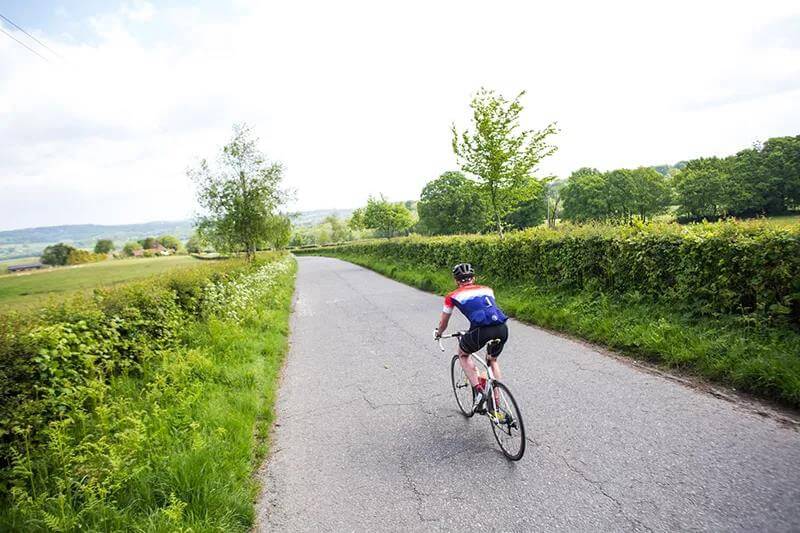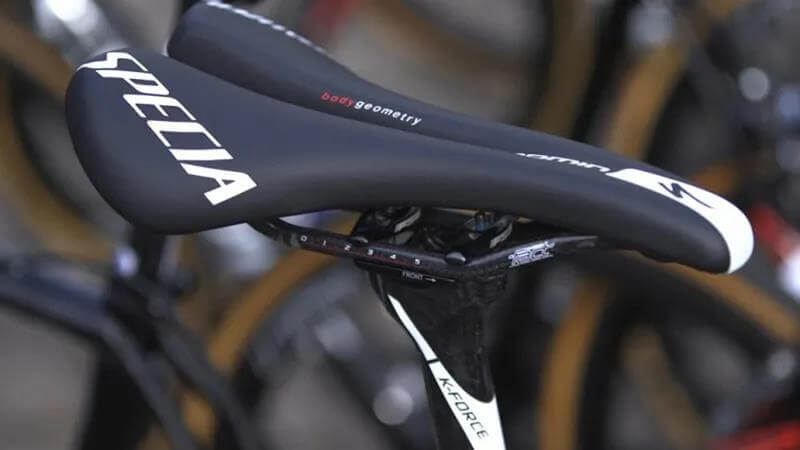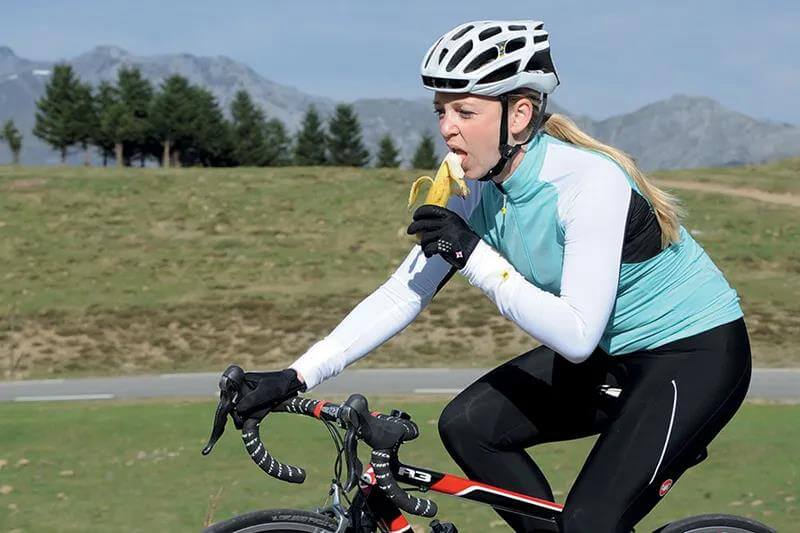
If you are a beginner at cycling, or if you have a friend who is a beginner, then please read these suggestions as soon as possible. (If someone had given this advice when we started cycling.)
Every cyclist you see on the street has been a novice once, whether they started riding a balance bike at age 3 or went on an adventure at age 40 on a borrowed bike.
It’s totally understandable that you may have hundreds or thousands of questions in your first year of cycling. Since even someone who has been riding a bike for ten years, also can get stuck with all kinds of problems.
We can’t provide all the answers in a limited space. But remember these 10 points and try to learn more about yourself.
NO.1 Better to buy a bike from a local bike store

Buying a bike at a local bike store has many benefits. The bike store can help you make sure the bike is right for you and adjust it to the best, also may offer you free maintenance for a period of time. When you run into problems, it’s easier to ask them for help.
When choosing a bike, professional advice will help you think long-term and save on your budget.
If you’re not sure which bike to choose, here are some simple suggestions. In simple terms, an endurance road bike can be suitable for all beginners. If you want to ride on a mountain or complex terrain, you can choose a mountain adventure or a gravel bike.
NO.2 Adjust the bike to the most comfortable state

Even many professional cyclists who have been riding for decades are still constantly fitting and adjusting their bikes. For many cyclists, fitting is a never-ending task that requires constant adjustments based on personal factors and sporting goals.
If you want to ride more comfortably and avoid injury, one of the most basic pieces of advice that apply to most people is that the seat height must be appropriate.
Here’s how to find the best height for you: put your back foot on the pedal and turn to the lowest point where your leg should be straight. This leaves some wiggle room for your legs when you use your forefoot to engage the pedals. When riding a bicycle, the elbow joint also needs to be properly bent; in the riding position, the front wheel hub insight is blocked by the handlebar, which is the best posture.
NO.3 Learn how to change tires

I vividly remember my first tire blowout: riding on a deserted road, carrying a backpack with a crumpled bag of mixed dried fruit, a sweater, and a bottle of water. Even with the tube, inflator, and digging stick, I still have absolutely no idea how to replace that punctured tire.
This is the problem any rider has – looking at the blew-out tire and don’t know what to do.
Don’t panic or worry at this time, just use the CNC Floor Drive to save the field.
As the name implies, it features a fully CNC-machined aluminum construction: barrel, piston, base, handle, and oversized 3. 5in gauge for easy readout of pressure. It includes Lezyne’s ABS1 Pro, which accommodates both Presta and Schrader valves. The ABS1 Pro has an air-bleed button for fine-tuning your tire pressure, as well as an integrated valve core wrench for regular maintenance.

NO.4 Buy some essentials gear

Cycling may seem like a very expensive hobby. That’s true, but it doesn’t have to be. We don’t have to start off with a closet full of gear just to feel good, like a member of the extraordinary cyclist team.
The recommended gear for beginners to buy is a helmet, locks (if you need to park in a public place), lights, gloves, cycling pants, bottom shirts, cycling clothing, good quality waterproof jacket, pedals and cycling shoes, pump with tire pressure dial (for home use), portable pump, portable toolset.
Of course, you will definitely want to buy more, but the above is the most basic gear you will need.
NO.5 Join a cycling club

In the current situation, many cycling activities may have been stopped. Although you can’t get a lot of local cycling information and good cycling routes face-to-face. But most cycling organizations have very active online communication groups or some other way to share information online. They still welcome new members and welcome you to their online cycling team.
To an outsider, a cycling club might look like a bunch of terrifying, lycra-clad, confident cycling experts. But in fact, a good cycling team will be very welcoming to new people and will help you if you have any problems, whether it is riding technology, mechanical, or routing.
NO.6 Adjust the seat saddle to the most comfortable angle

Uncomfortable saddles are common, so saddles have always come in a variety of styles and designs. You need to follow how your body feels and identify the uncomfortable areas. It is better to buy from a dealer who can try out the saddles to avoid unnecessary losses.
In addition, it is recommended to ride in special cycling pants (without underwear), and suede cream will also help, but the key is that the saddle should be suitable.
NO.7 Shifting is used to assist your cycling

Don’t fight with shifting. When uphill, switch the dial to a small number of teeth and change the flywheel to a large number of teeth to make yourself easier; also when riding on flat ground, set the dial to a large number of teeth and change the flywheel to a small number of teeth, you can ride faster and more smoothly.
Take some time to practice on the flat road. One day, you will naturally and quickly switch to the most appropriate gear while cycling.
NO.8 Practice some basic cycling skills

We don’t need to start from zero to get to the top right away, but learning some basic tricks can give you more confidence.
Remember some tips: the front brake will be more effective on braking. You need to get yourself used to squeeze the front brake lightly, not braking hard.
When cornering, be sure to slow down before the turn to save time on braking. Lift the inside knee and apply the weight to the outside for better balance.
As you approach the ramp, keep pedaling to absorb as much kinetic energy as possible; occasionally lift the tire off the saddle to rest and stay comfortable.
NO.9 You need to replenish energy while cycling

If you enjoy other exercises, such as running or swimming, eating and drinking while you exercise may sound unfamiliar to you. But you need to know that cycling can be a battle for hours on end. So it is necessary to replenish water and energy.
If you cycling more than 90 minutes, choose an energy snack like a cereal bar, and keep eating something every hour to refuel. Cyclists usually carry a bottle of water with a bottle cage, and it takes a little practice to remove the bottle to drink while cycling, but it is necessary.
Especially when shops and restaurants are closed, these skills become even more important.
NO.10 Don't rush to ride too much at once

Cycling is a non-weight-bearing sport, which is one of the many benefits of cycling: it doesn’t put a lot of stress on your joints. If you want to lose weight, cycling is a good choice.
But no matter what you do, if you rush it too quickly, you can get tired quickly, get yourself hurt, or get bored quickly.
If you have goals you want to achieve, slowly increase your physical activity, create a training plan and follow it.
Also make sure you have enough rest periods and focus on the big picture, making incremental improvements to achieve long-term results.
